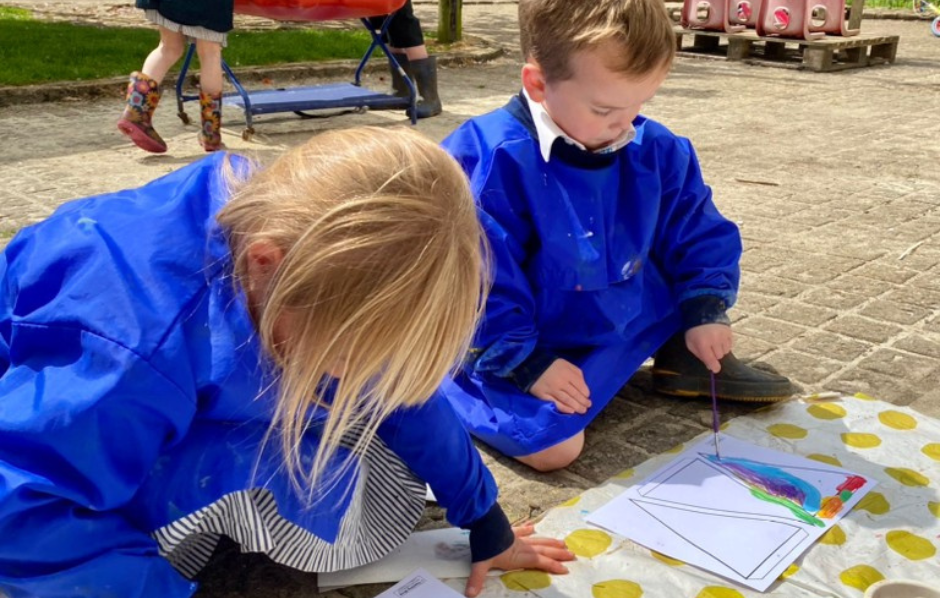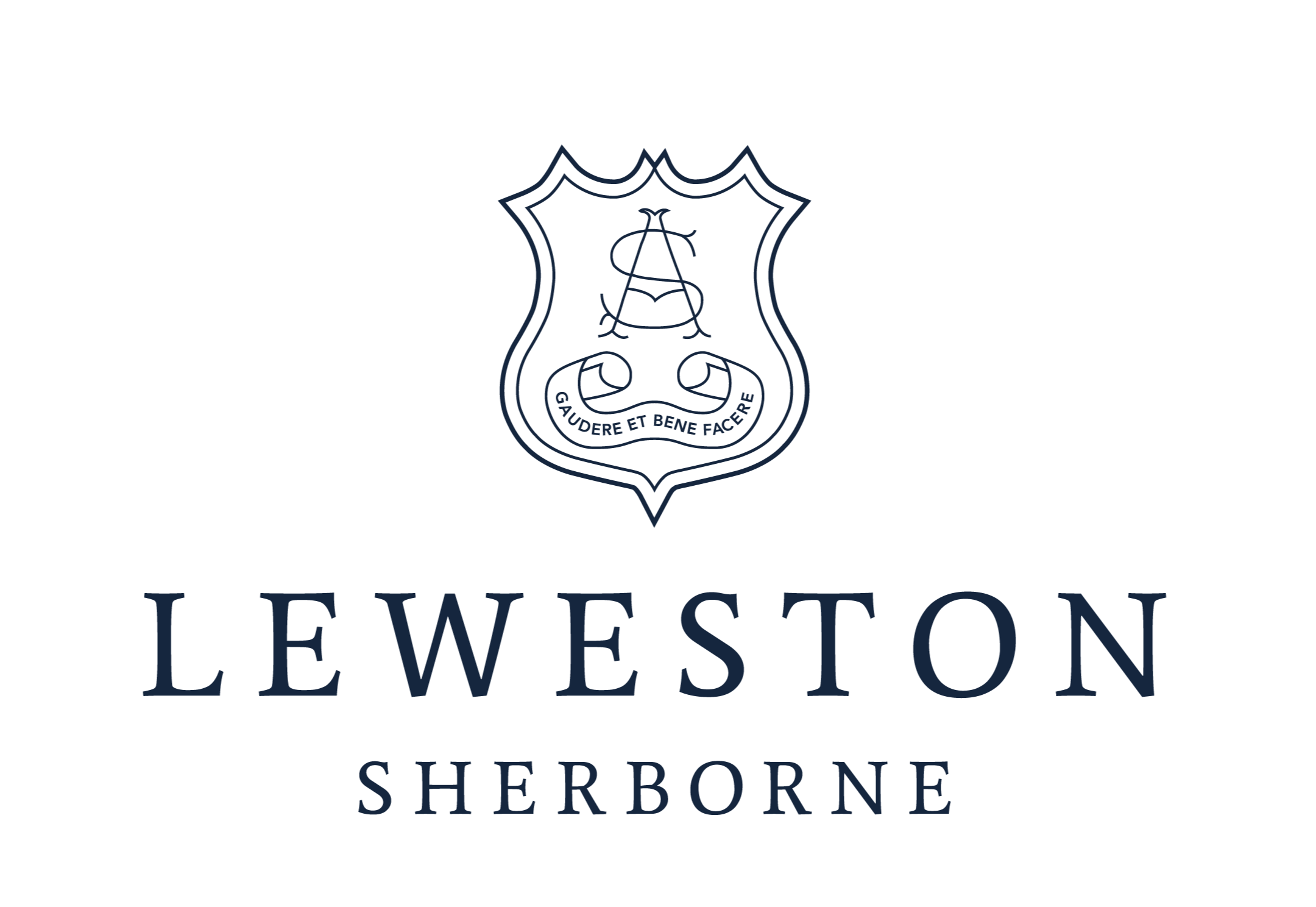10 Questions to ask when choosing a Reception Class

Starting school is a big step and an important decision - there are many things to consider to ensure you choose the right school for your child. I would recommend asking the following questions when you visit your potential Reception teacher.
What proportion of the day is available for free-flow, independent learning?
Young minds learn better when they are being active and doing something fun and enjoyable. Passive learning - sitting and listening - has its place but many young children use so much of their concentration in their attempts to 'sit still' that they don't have the ability to concentrate on anything else. Long stretches of uninterrupted play are really important - children use them to work things out for themselves and test their ideas. If they are regularly 'stopped' or moved on they won’t delve into deeper learning. Alongside teacher input we have purposeful, planned activities available for the children to learn through exploration, such as sand pits with letter pebbles for the children to find and make words from and Tuff Trays (large trays on legs) with tongs and pinecones to count into buckets.
What phonics scheme does the school follow?
Your child may already have been introduced to phonics at their pre-school or nursery so it’s helpful to know if the school uses the same scheme. Most schools use one of the following:
Letters and Sounds - guidance published by the Department of Education in 2007 which many teachers use to inform their planning, often whilst using another scheme. It uses actions and characters to help the children learn their sounds.
Jolly Phonics - very much linked with Letters and Sounds but uses songs, actions and stories.
Read, Write, Inc - a structured scheme which is usually a whole school approach and feeds into guided reading higher up the school. This uses pictures and rhymes to help children learn each sound and teach how to form the letter. It is highly individualised learning in that each child's progress is regularly checked and they are placed into phonics groups based on their level – you could have a child in with an older or younger group than their age, if their sound knowledge and reading skills need it. We use Read Write Inc because, most importantly, the children enjoy it but also it intrinsically supports letter formation and the speed of progress in phonics and reading speaks for itself!
What is their behaviour management policy?
Often the approach taken in the early years will be different in comparison with higher up in the school. Younger children need a more patient and nurturing approach and positive praise and reinforcement of good behaviour is of utmost importance.
Ask about what reward systems are in place. Does the school reward those who do something 'extra' or outstanding as well as those who regularly make the right choices? Are the children asked to 'earn' something (like a house point) or do the children start with a recognition of good behaviour (e.g. a smiley face) and this changes based on the choices they make after that?
We use a combination of stickers (the sheer joy a sticker gives a young child is bemusing but wonderful!), house points (these show the child the important concept of earning for a team), achievement certificates (for something exceptional they have achieved academically) and Form Captain badges (for those who have shown the right attitude to learning, the expected behaviour and have been a role model to their peers that week).
Do the children have access to an outside learning area and when can they access it?
In Reception, the outdoor classroom should be an extension of the indoor, not a separate place for 'playtime'. Many children come alive whilst outside and do their best learning in the fresh air. Having a 'free-flow' approach where the children choose whether to work inside or outside really is important.
We have large patio doors the length of the Reception classroom that open out onto the patio and garden – these are open almost all the time (rain and hail permitting) – and the children are allowed to flow freely inside and out, according to what takes their fancy at that time! We spend an afternoon a week in one of our forests for a Forest School session, with our trained and experienced Forest School teacher. These sessions are not only outside and full of the wonder of nature, they also involve controlled risk – they light fires, whittle sticks with knives and use saws.
What is the usual daily routine?
Some schools have a break time in the morning. Some will have a break in the morning and in the afternoon. We have a break time in the morning then a welly walk every afternoon, where the whole of the Pre-Prep explore different areas of the grounds.
Most schools appreciate how children are more alert and engaged in their learning in the morning so they timetable the core learning (reading, writing, Maths, science) in the first half of the day. Some schools have teachers who take the children for sessions – most often this is Modern Foreign Languages and PE. We have specialist teachers for MFL and PE as well as swimming in our on-site pool, Forest School and music. The children higher up in the Prep School have Senior School staff teaching them PE and MFL, Music and Forest School but also Art, D&T, Science, Religious Studies, Computing and Latin.
Is wrap-around care available?
Most schools have this information on their website but it is worth asking as it may impact on your own family’s plans. Many schools will have a before and after-school facility. It is always worth checking if this is open to everyone as some schools have certain criteria. Our children can start coming into school at 8am and the day officially ends at 4.20pm but we offer onsite, supervised care from 7.30am (breakfast club) until 5.45pm.
What are the children to staff ratios?
The staff ratios for children in primary schools are different from pre-schools and nurseries. The legal requirement is 1 adult for every 30 children but often primaries will have a teacher and teaching assistant operating in a class of that size. At Leweston we have a maximum of 20 to a class with a teacher and teaching assistant.
How do you support those who need extra help or those who need stretching?
Knowing how a school differentiates learning across the range of abilities is very important. Some schools will support children at both ends of spectrum with separate activities and interventions delivered outside of the class and some will have a more inclusive approach where the children stay in their class but activities, questions and challenges are changed for the child. Alternatively, like us, they may operate a combination of the two, tailored to the needs of the individual child.
How does lunchtime work? Are all year groups together? Do packed lunches and school dinners sit together?
Lunchtime arrangements can vary considerably from school to school. Some have a separate eating area for Reception and a separate outdoor play area. Some have all ages in the same dining hall, but separate playing areas after lunch, with lunchtime supervisors monitoring the children. Some have packed lunches and school dinners in separate areas.
We provide all the pupils with a hot lunch and they all sit in their class groups in the dining hall, with their teacher, to eat. The aim is to recreate a ‘family mealtime’ and the children are encouraged to make healthy choices, learn about their food as well as chat over a delicious lunch.
How do Reception children transition to Year One?
The switch from Reception to Year One should be as seamless as possible. There should be lots of communication and hand-over time between the teachers – not just communicating their levels in the different academic areas but their characters, personalities, interests and needs. We have lots of time as a Pre-Prep such as welly walks, story time and joint sessions when visitors come into school so we have many opportunities across the year to discuss and observe the children and find out all about the children and, more importantly, form that important bond and familiarity with them before they move class. Most schools will have some sort of ‘Moving-Up Day’ which is a lovely time where the children spend the day with their new teachers in their new class and with any new children who will be joining or will be with them after a class mix. The Year One teacher should continue the play-based learning from Reception as long as the children need it. Just because they are now a Year One child doesn’t mean their needs and learning styles suddenly change to suit the more structured National Curriculum. If we crow-bar more formal learning into the children’s days before they can adapt, there will be problems where much of the learning will be missed and, more importantly, they will not enjoy school as much. If they are not happy and settled, their wellbeing will be affected as well as their ability to learn.
Good luck looking around your potential schools and please don’t hesitate to get in touch if you would like to Leweston Pre-Prep. We would love to show you around!
